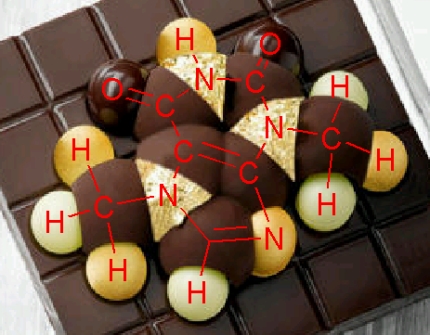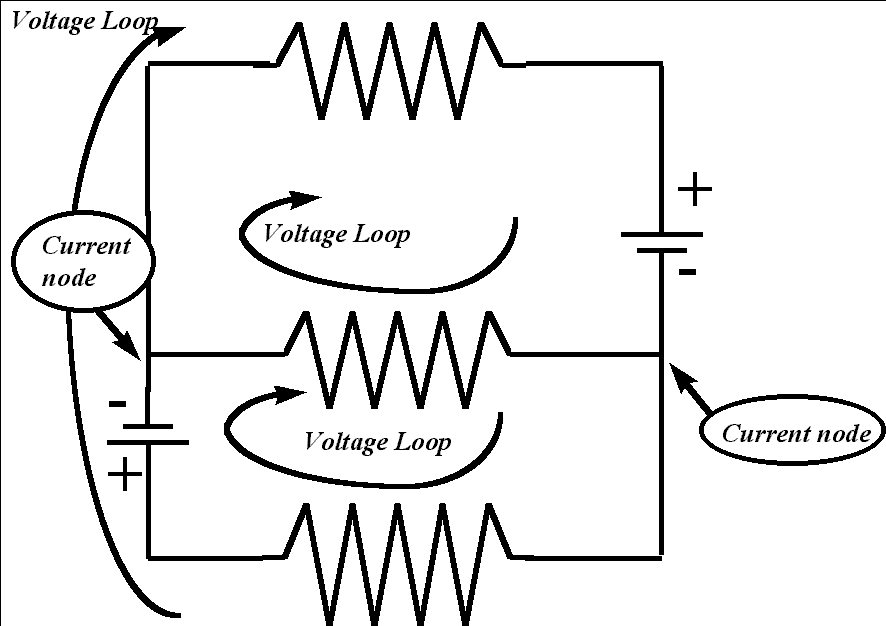| source:http:\\www.wikipedia.org |
Tonight I am at my aunts in Chicago. It’s a place that I can call home within a thousand mile radius of the university. A few hours ago we had a very good meal of turkey, potato, sauce and pies. Right now I’m watching the New York jets demolish the Cincinnati Bengals, albeit with some sorrow. That’s not what I am going to write this blog over, I rarely write on games. Today I will write about family, food and what I see as the identity of people of Indian origin in America. The family I met was my own; relatives who’ve been here for a rather long time. Some are American citizens, other are well on their way to being one. Given this context some might consider the meeting to be akin to meeting outsiders, alien to my usual way of life. That is certainly not the case.
After 2 months of university life, surrounded by my friends and work, meeting indirect family (Not my parents) in such a situation can be discomfiting. I mean where is my real home here? India is too far away and so is the answer Chicago or Columbus? That answer will still need some debating. So when an uncle I have not met in like 8 years picks you up on the 5.5 hour long drive to Chicago. When you move from the two month familiar university campus to somewhere else in an unfamiliar country it can be frightening. Yet they are family. See the paradox? Regardless of my fear or inhibitions the evening did turn out to be fine. We had a very Indian celebration in the afternoon called Raksha bandhan. Like thanksgiving it celebrates the unity of family. The dinner as I said was resplendent. At its end I was left with a very delectable impression. South Asian Indians in America are not very different from their counterparts back in the old world. If anything what makes them different is superfluous and frivolous. I attribute them to cultural differences over pop and movies and maybe the skill with the English language. The real difference lies in how they integrate the best values of the American society while retaining the timeless values that come with being a good Indian.
So today got me thinking about home and I decided to write a bit more about it. About what it is like back there and what makes Indian people despite their sordid condition, inheritors of a brighter future. India today, as the villages go, is poor hungry and populous. Child mortality and the development index in five states are as low as in Sub Saharan Africa. A simplistic reasoning would be that things from here can only go up. A more logical explanation would be that this harsh world creates a strong drive for improvement in its people. People often argue that Dharavi, one of the world’s largest slums is also a tremendous school in entrepreneurship and resilience. So the engine of the Indian economy runs on the intense competition and the sheer bulk of a billion people. I go to college in America and the relative lack of competitiveness is very perceptible. Advantages present here however are tremendous, such as better infrastructures and superior experience based teaching.
So let me tie up the previous paragraph with the rest of the blog. People of Indian origin in the United States play a vital role for both India and the relationship between our two countries. With time and India’s rising status differences in American strategic interests over Indian ones might become irksome. It will be the responsibility to a large extent of the expatriate community to soothe the nerves. It will also be important for them to build bridges of understanding between the two cultures. One such understanding would be individual competition and strive to succeed (Rationalize the reality of outsourcing and compete to survive). American corporate success has been driven by its fierce competition. This competition among individuals died down soon enough in view of the economic boom that swept the country. This complacency is why fewer Americans went to college and the American economy lost the edge of its strong asset; its people. That is the same asset which for so long was India’s burden and that is now being put to good use. The global economy is changing and the isolation of individual competition from America is coming to a close. It will be more important now than ever for those who never stopped competing to seize opportunities and reinvigorate this trait back into the American ethos. Hard work is respected and always pays.














